Antifreeze & Coolants – why are they so important?
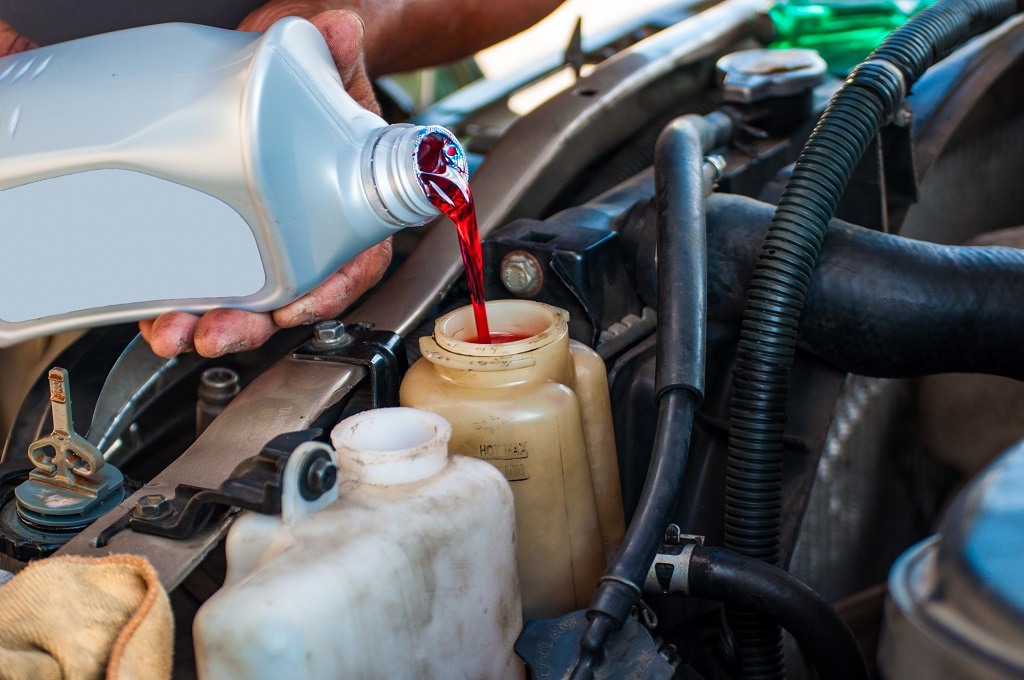
An engine’s coolant has quite a demanding job. It needs to be able to withstand freezing temperatures to avoid the risk of turning into a solid, which could cause internal damage to the engine such as fracturing a waterway and causing it to leak (anti-freeze).
During the summer, it needs to maintain the engine’s temperature to ensure it doesn’t get too hot, along with help from the radiator and a mechanical or electric cooling fan. The coolant also needs to prevent internal corrosion of the engine, which can otherwise result in porous waterways and a build-up of silt that can block outlets and the water pump.
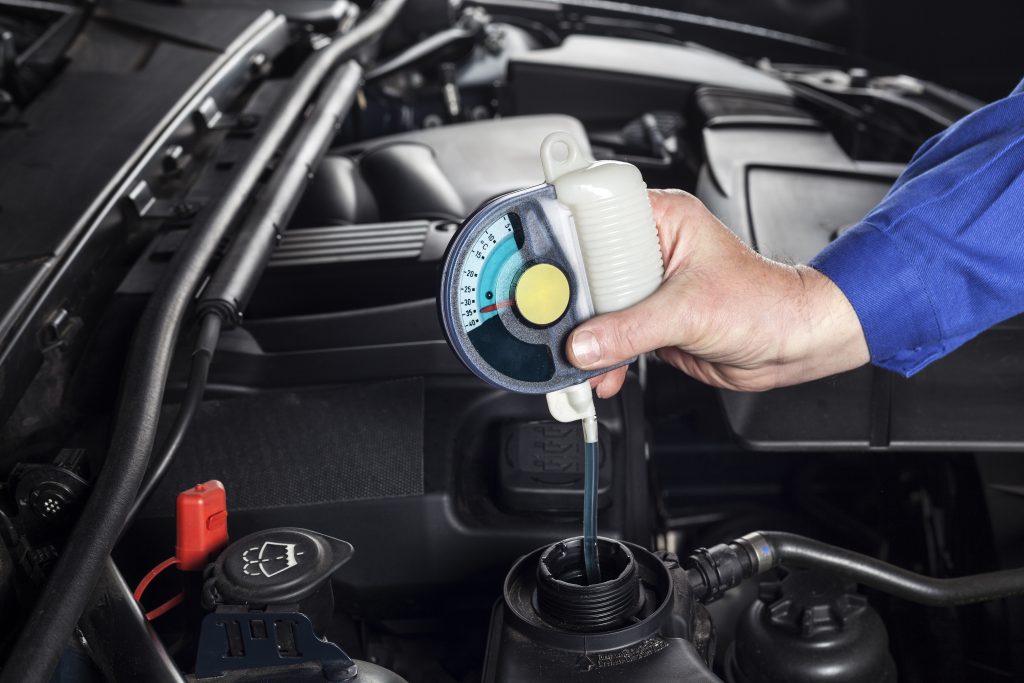
Mechanic is checking the radiator antifreeze, car engine
As Witham’s technical director Mick Kenyon explains: “Coolants are made up of a combination of finely balanced additives that each have a specific role in the quality of the product. Water acts as the main heat-transfer fluid moving heat away from the engine block. Monoethylene Glycol (MEG), an organic compound, is added as it also provides heat-transfer but most importantly it lowers the freezing point and raises the boiling point of the water. Without MEG or a similar organic molecule, coolant would freeze readily and subsequently damage the engine.”
Water and MEG on their own would be corrosive to metals within the cooling system, such as cast iron, aluminium or solder. That means rust would quickly block the cooling system and overheating would occur.
“Additives are used to prevent corrosion,” says Kenyon. “In the case of the Qualube Universal Blue this is an example of an inorganic additive technology product (IAT). This means that the chemicals that protect against corrosion are inorganic in nature, such as borates, silicates and nitrates. Inorganic chemicals are mined from the earth and refined. IAT is a tried and tested classical method for protection.”
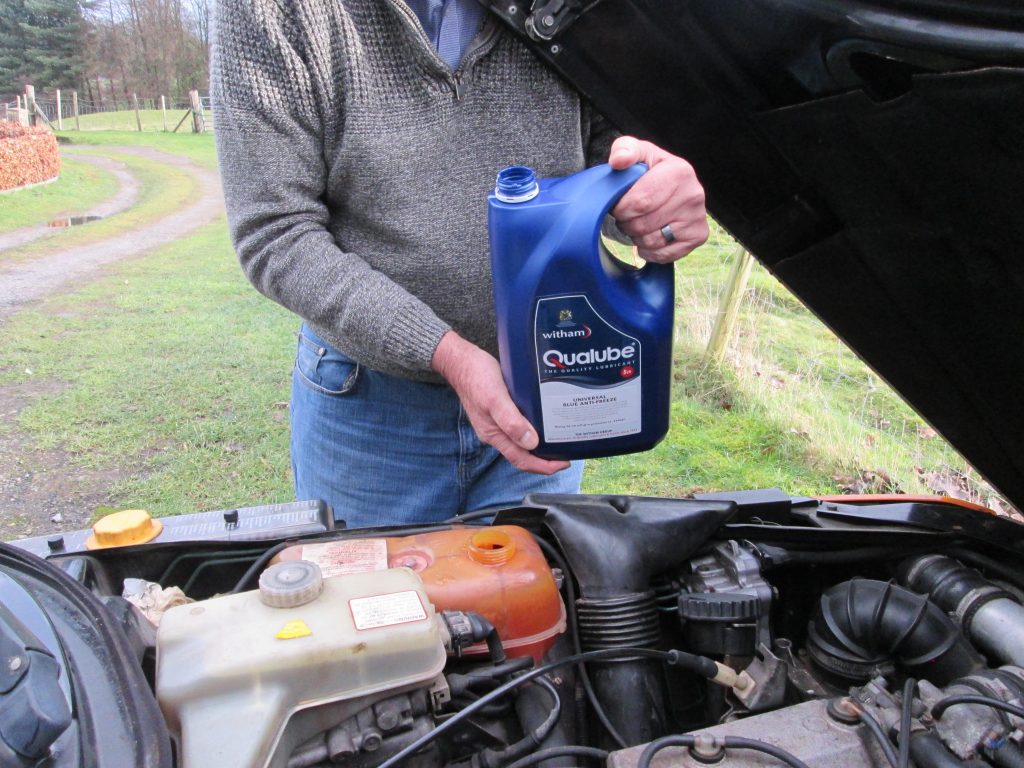
Most classic cars from the mid-1990s or before use a blue-coloured coolant (also called anti-freeze). Later and more modern engines can use a longer-lasting silicate-free, organic acid technology (OAT) based coolant. There’s also some confusion over the colour of coolant and its lifespan. For instance, blue-coloured coolant is generally regarded as lasting for two years before it needs changing, whereas pink-coloured coolant lasts for six years. But as Kenyon warns: “This is broadly true but colour is purely cosmetic and gives no indication of the technology or quality of the product. I would be wary about making decisions based purely on colour.”
Renewal intervals
The recommended intervals for changing coolant appear to be around two years for blue-coloured coolant and six years for pink. However, it’s worthwhile testing the freezing and cooling capacity of the coolant at every service interval (at least once a year) to check its condition. This can be done with a simple anti-freeze hydrometer that costs from around £10 upwards from motor factors and tools suppliers.
While checking the coolant, it’s also worthwhile checking over the cooling system of the engine, by squeezing hoses to look for perishing, inspecting all connections for traces of leaks (eg residue) and looking around the radiator for similar leaks. Hose clips should be sufficiently tight to prevent leaks, but Jubilee clips and similar clips must not be over-tightened as they can cut into the rubber and create a leak.
A pressure cap may be fitted on the top of the radiator or onto an expansion tank. It helps to raise the boiling point by an additional 25°C by increasing the pressure in the cooling system as the engine warms up (the higher the pressure, the higher the boiling point). “The boiling point of coolant is dependent on
the ratio of concentrate to water that is used,” explains Kenyon. “Typically this is a 50-50 mix and will have a boiling point of around 110°C at atmospheric pressure.” By increasing the pressure in the cooling system, the boiling point can be raised.
The pressure in the coolant system of an engine is released when the engine is switched off and left to cool down. This is the job of the pressure cap, which has a spring and valve on the underside to control the pressure.
Renewing Coolant
The general aim of renewing engine coolant is to remove the old liquid and refill the system with a fresh mix of anti-freeze and coolant (pre-mixed coolant is also available). The ratio of water to anti-freeze varies, depending on the desired freezing capability you need – the greater the proportion of anti-freeze, the lower the freezing point, although as Kenyon warns: “I would always recommend the use of deionised or distilled water for dilution, this is what comes in the premix product. The products are designed to tolerate dilution with hard water but if the water in your region is especially hard there could be a greater tendency for silt formation.”
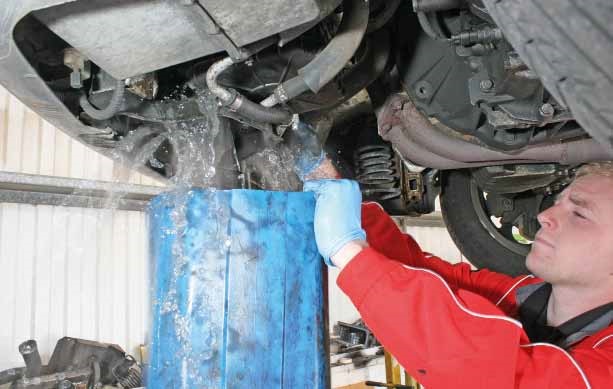
There are some exceptions to this advice, such as Motul MoCool, which is a non-glycol-based additive for use in race engines where a glycol-based product cannot be used. In such circumstances, the engine may only be run for a few minutes, such as at a hillclimb event, so the cooling system may be very simple with no water pump to help maximise engine power. Witham explains that by adding Motul MoCool, it helps the engine to run up to 15°C cooler and improves thermal exchange and engine cooling system efficiency. Motul’s range of coolants comes in two forms: already mixed and concentrated, which needs to be diluted with water before use.
Make Sure You Get The Right Product
As explained earlier coolants offer different technologies specifically for classic cars, hybrid, modern passenger cars, right through to racing vehicles, as well as farm machinery, plant and off road equipment, lorry fleets and . What is vital is to get the right coolant for the right type of vehicle.
Witham has developed the perfect new range of Qualguard Universal, and Hybrid Coolants to protect your engines from frost damage and corrosion in both older and brand new vehicles, whatever the type, all recommended by OEM’s and complying to the latest technology requirements.
Concentrated, 50:50 pre mixed or standard blue, we have always sought to simplify and rationalise the ever increasing requirements of individual manufacturers and so the choice of correct coolant and lubricant has never been more important. Time and again it has been proved that putting the right product in your engines makes all the difference to the increased performance and vital maintenance free durability of your machinery.
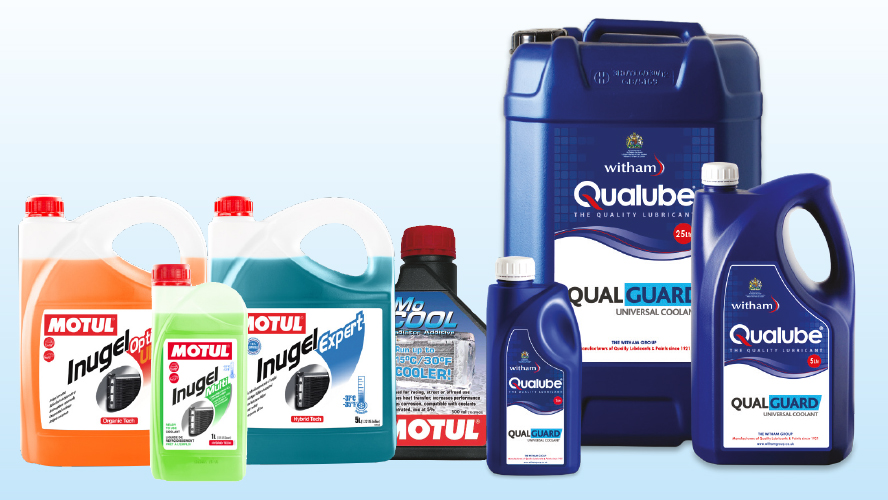
All Witham Qualube Anti-Freeze products are available in 1, 5, 25 and bulk 200 Litre sizes.
Call your local depot or sales executive if you are not sure which Anti-Freeze or lubricant is right for you, or visit the Witham Online Shop at the link below:
https://www.withamgroup.co.uk/shop/antifreeze-products/



Leave a Reply